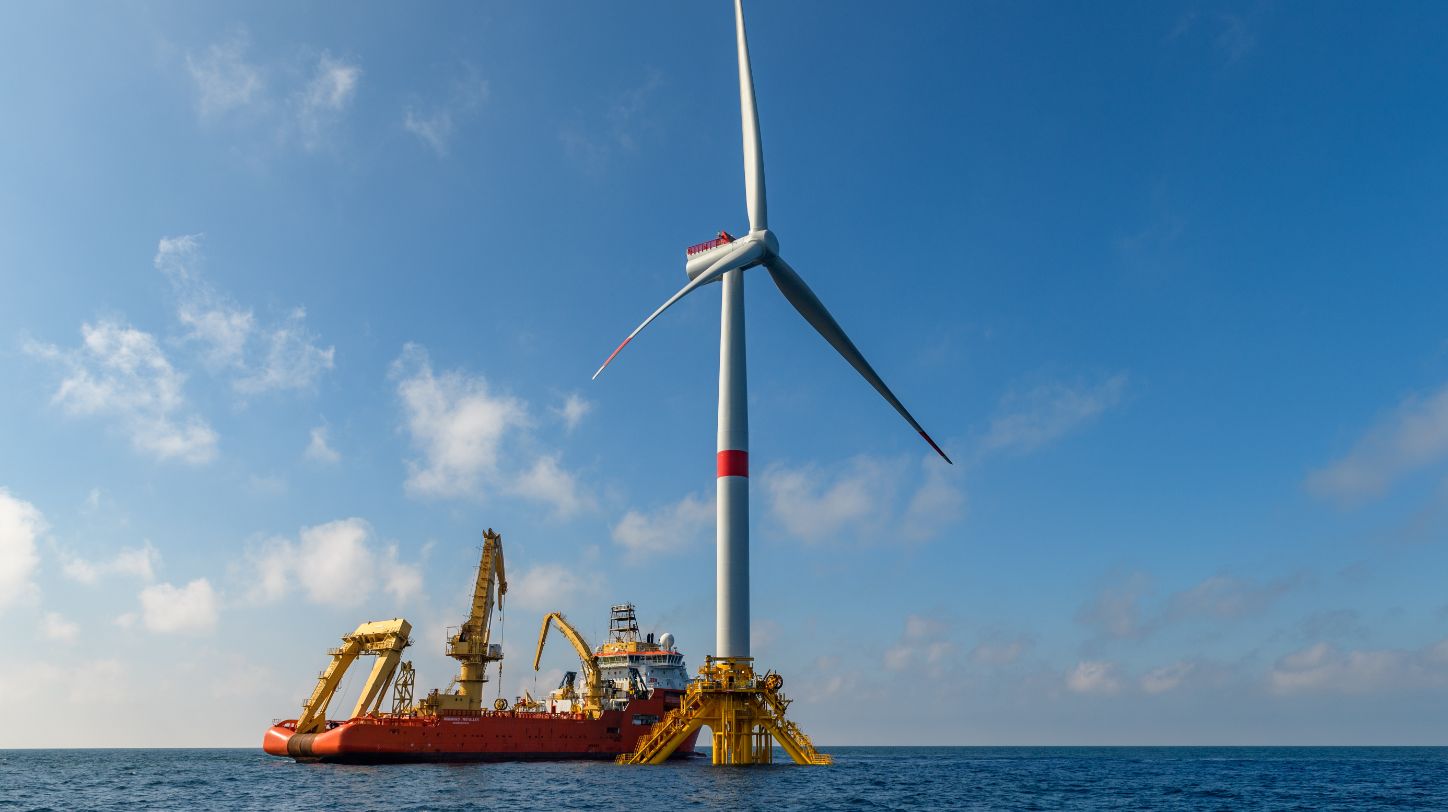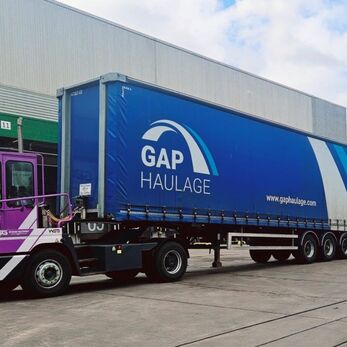Property management company, The Crown Estate, unveils a wind of change sweeping through the Celtic Sea, projecting a potential of up to 5,300 new jobs and a staggering £1.4 billion economic upsurge through the development of innovative floating wind farms.
Named “The Celtic Sea Blueprint,” this ambitious initiative outlines the blueprint for three new wind farms off the coasts of South Wales and South West England, each poised to be a beacon of renewable energy. These wind farms, announced by The Crown Estate in December, are not merely a leap forward in sustainable energy but a catalyst for economic transformation.
The research conducted by Lumen Energy & Environment delved deep into the infrastructure and supply chain prerequisites for these pioneering projects. It identified critical gaps, such as the need for ports capable of handling colossal turbines, vessels for site servicing and export cables for ferrying electricity to the mainland.
Projected to generate up to 4.5GW of electricity, enough to power over four million homes, these wind farms symbolise a monumental leap in England and Wales’ renewable energy landscape. Reported to have the potential to rival some of the largest in the world, they mark a pivotal milestone in the offshore wind sector outside Scotland.
The South West and Wales, rich in maritime heritage, are poised to emerge as epicentres of this revolution. The region stands to benefit from an array of opportunities, from assembling floating platforms to harnessing local expertise in welding and concrete work. Moreover, ports across the region are primed to capitalise on construction and maintenance activities, providing a lifeline to local economies.
Gus Jaspert, MD of Marine at The Crown Estate, encapsulated the fervour surrounding this endeavour, emphasising its transformative potential. “Floating wind is an incredibly exciting opportunity for the region and the nation,” he remarked, highlighting the ripple effect across various sectors, from manufacturing to port development.
RenewableUK’s chief executive, Dan McGrail, echoed these sentiments, stressing the need to seize this momentous opportunity. “The Celtic Sea Blueprint shows that floating wind can deliver immense industrial growth,” McGrail asserted, underlining the urgency in bolstering port infrastructure to accommodate the colossal structures central to these wind farms.
Jess Hooper, director for RenewableUK Cymru, underscored the significance of nurturing local talent and infrastructure. “Manufacturing is part of the Welsh national story,” Hooper proclaimed, advocating for strategic investments to propel the region into a hub of offshore wind excellence.
As The Crown Estate spearheads efforts to galvanise stakeholders, a £10m fund earmarked for early-stage projects underscores its commitment to fostering innovation and inclusivity. This proactive approach, coupled with robust environmental assessments and spatial planning, sets a precedent for sustainable development in the offshore wind sector.
With the formal tender process set to commence imminently, the stage is set for the Celtic Sea’s floating wind farms to usher in a new era of prosperity and environmental stewardship. As turbines rise above the waves, they stand not only as symbols of progress but as beacons illuminating a path toward a greener, more sustainable future.









